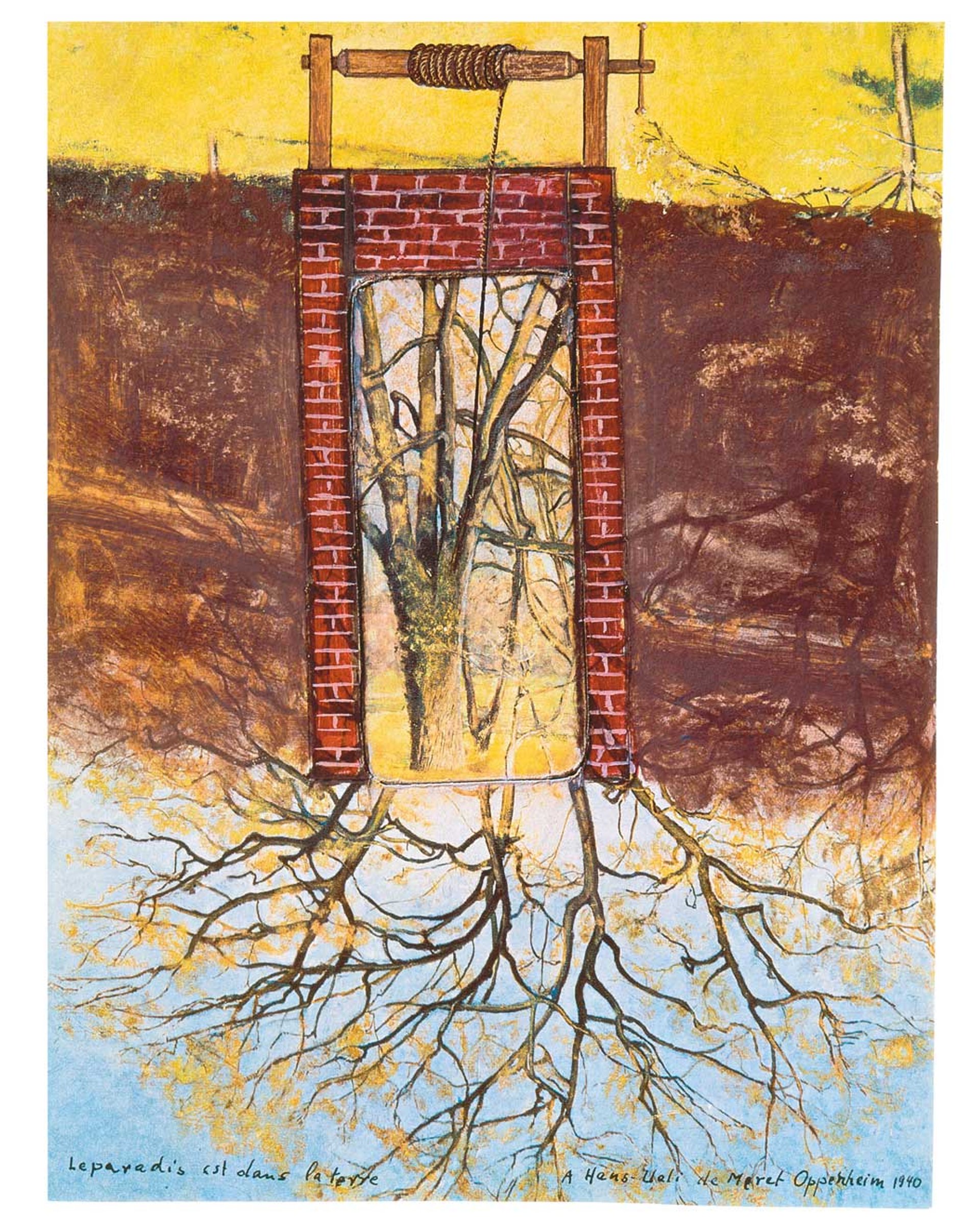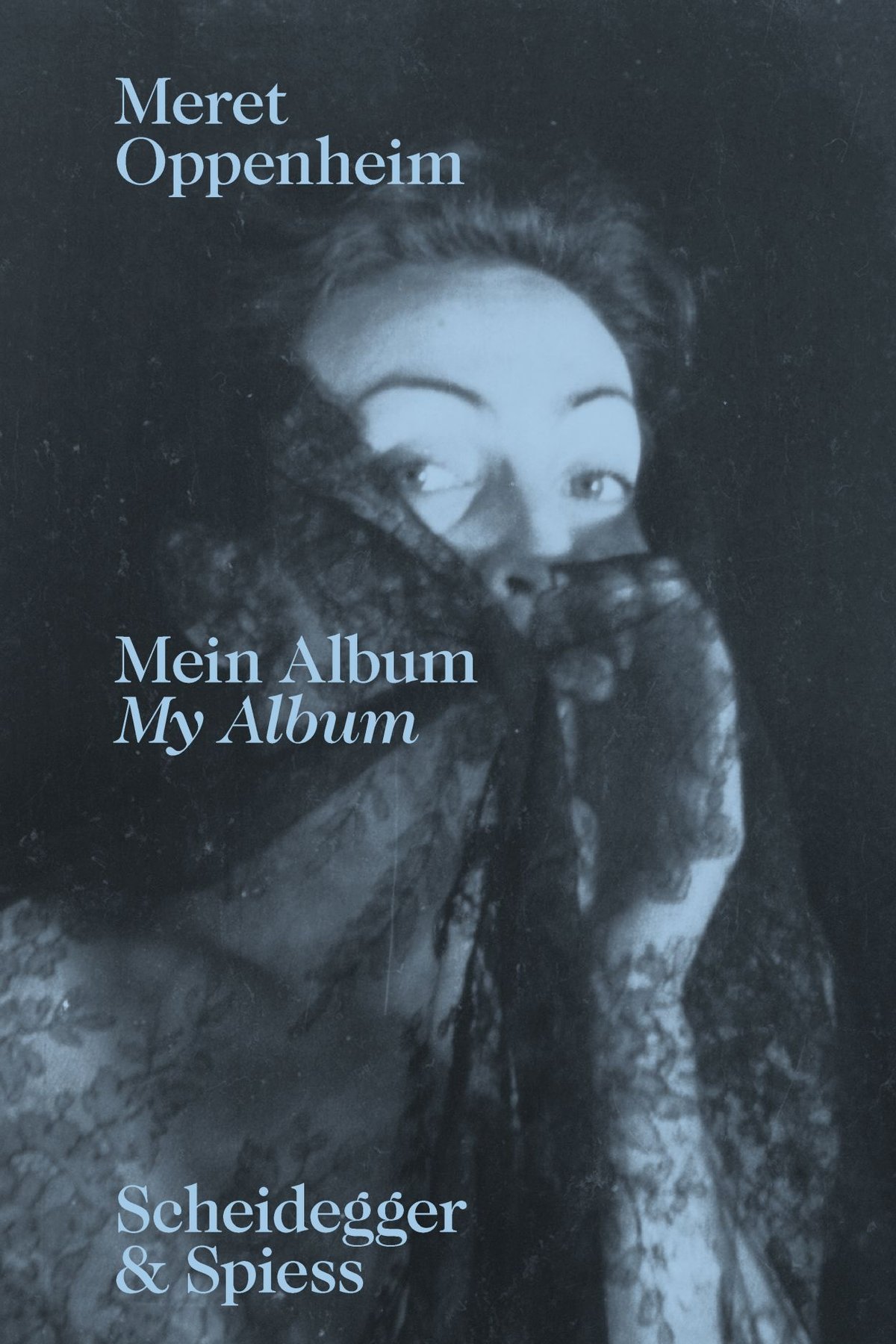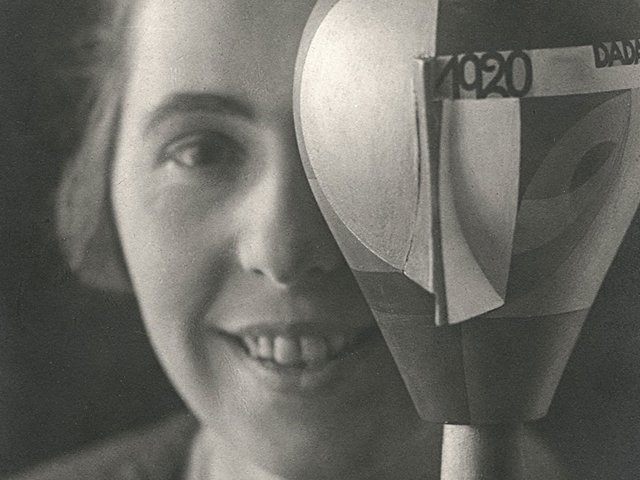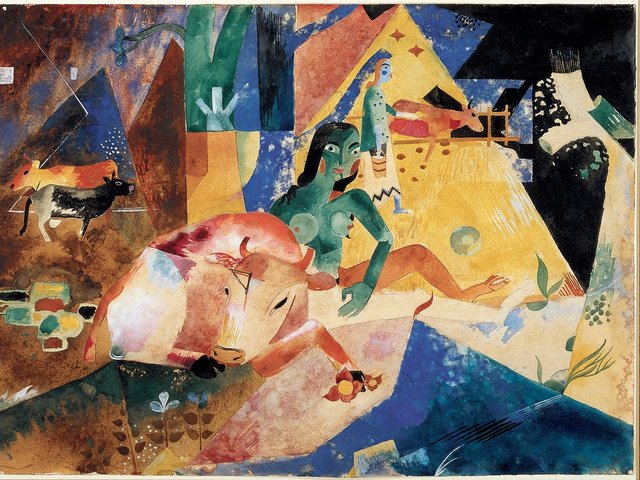Consulting Meret Oppenheim’s entries in Mein Album/My Album resembles the experience of gazing into windows from a passing train: vivid glimpses of disconnected instances, each of which might yield expansive tales. Even as Oppenheim’s artist friends, both familiar and less so, flit into view—Max Ernst, Leonor Fini, Alberto Giacometti, Mayo (Antoine Malliarakis), Irène Zurkinden—the Album guards her, and the reader alike, against unforeseen transgressions of her privacy. All of this, however, is entirely appropriate to an artist of such stature who at times withdrew from the limelight and at others found her achievement cast into shadow.
The editors, Lisa Wenger and Martina Corgnati, call the annotated gathering of drawings and photographs “a diary, a Gesamtkunstwerk… a fragmentary autobiography or perhaps ‘anti-biography’, a work of art put together by an artist who had a difficult relationship with time, and, in particular, with her own history.” They have produced a volume of quiet beauty, sensitive to this precariousness, cloaking the facsimile reproduction of Oppenheim’s modest exercise book within coloured pages for the German transcriptions and English translations that enhance the original without overwhelming it.

Meret Oppenheim's collage Das Paradies ist Unter der Erde (paradise is under the ground, 1940) © 2022, ProLitteris Züirch
The inscription on the front of the original Album lays out its coverage of the first 30 years of the artist’s life: “Von der Kinderheit bis 1943” (from childhood until 1943). It also indicates that it was compiled in March 1958, 15 years after the end of this period and in the final year of her mother’s life.
While the editorial notes throughout are enlightening, a comment could have been made about why the details from 1958 are written in a more hurried hand than the tidier inscription “Meret Oppenheim geb. 6.X.1913” (born October 6, 1913). This difference suggests—as do the wealth of childhood drawings and photographs—that an earlier scrapbook was cannibalised in the compilation process. The resulting Album harbours a dynamic relationship between the inspiration of childhood, the artistic maturity of the decade 1933-43, and the hindsight of the later 1950s.
In tracking her artistic development, the glimpses offered in the Album coalesce into a broader sense of Oppenheim’s early years. Family life in Southern Germany and Switzerland was creatively supportive. It became the fertile ground for the subsequent artistic existence that she and her siblings lived—in the words of fellow artist Hans Richter that she quotes—in a house that “looks as if 12 servants were in attendance and inside integral anarchism rules!”
Drawn to Parisian surrealism in the mid-1930s, Oppenheim subsequently maintained an ambivalent relationship with the movement which offered liberation but also limitation. While public recognition began with works such as Head of a Drowned Man, 3rd State (1933) made of wood and sugared almonds, fame coalesced around her Object (1936), which André Breton retitled Déjeuner en fourrure. Oppenheim pasted into her Album Alfred H. Barr Jr.’s letter thanking her for selling the fur-lined teacup, saucer and spoon to the Museum of Modern Art (MoMA) in New York, and this was, perhaps, an understated acknowledgement of its status, which came to overshadow her career.

A pencil-and-watercolour drawing, Kinderfressender Teufel (child-devouring devil, around 1923), which Oppenheim created when she was around ten years old © 2022, ProLitteris Züirch
By that moment, however, political instabilities in Europe were already obvious, and Oppenheim’s uncertainties paralleled the descent to war. The artificial gaiety of the snapshots from neutral Switzerland in the 1940s lies in contrast to the mysterious painting of 1943, War and Peace (in the Kunstmuseum, Basel), in which figures in fête champêtre costumes camp on a bleak moorland adorned with structures that seem to bear strings of lights. Oppenheim pasted the receipt for this painting onto the final page of the Album, acknowledging her decade-long creative block by adding: “From the year 1954 on, painting is possible again.”
Mein Album/My Album is a poignant book in which the sensibility of a rebellious artist receives an admirable level of restrained editorial elucidation. The typography on the coloured pages offers different registers for German, English, and editorial comments, as well as a space to include images of works that Oppenheim had removed from the original when using it as a photographic sourcebook. The design meets a complex challenge with grace and clarity; the German-language Album (published in 2013, with correspondence not included here) won design awards.
By bringing Oppenheim’s words into English, the new volume, in tandem with the comprehensive survey Meret Oppenheim: My Exhibition currently at MoMA (until 4 March), significantly enhances the international revision of her reputation.
• Meret Oppenheim, Mein Album/My Album: The Autobiographical Album From Childhood until 1943 and a Handwritten Biography, Lisa Wenger and Martina Corgnati (eds), translation by Mia Prucker (Scriptum, Rome), Belinda Grace Gardner and Bridget Mason Scheidegger & Spiess, 328pp, 179 colour illustrations, £42/€50, published 9 September 2022
• Matthew Gale is an independent art historian and curator, formerly a senior curator at large, Tate Modern





